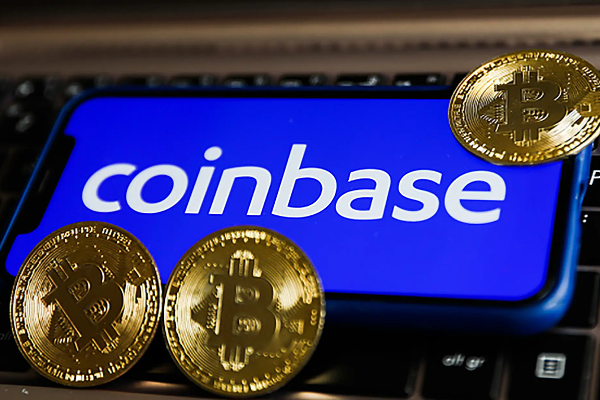Who created Bitcoin?

To really understand how Bitcoin works, it’s worth starting at the beginning. The question of who created Bitcoin remains a mystery today, as a decade after the technology was invented, its creator remains anonymous despite numerous in-depth studies by journalists and members of the crypto community.
The principles behind Bitcoin first emerged in a white paper published online in late 2008, authored by a person or group known as Satoshi Nakamoto.
The white paper was not the first to propose the idea of using digital currency in the fields of cryptography and computer science. In fact, the book dealt with older concepts, but it was a unique and elegant solution to the problem of establishing trust between different online entities, where people can be invisible under pseudonyms or physically on the other side of the world (like the creator of Bitcoin itself).
Satoshi Nakamoto designed two intertwined concepts: Bitcoin private keys and the blockchain ledger. When you hold Bitcoin, you control it through a private key. A private key is a string of random numbers and letters that unlocks a virtual vault containing purchased items. Each private key is tracked on a virtual ledger called the blockchain.
When Bitcoin first appeared, it marked a major advancement in computer science because it solved a fundamental business problem on the Internet: how to transfer value between two people without a trusted intermediary (such as a bank) in the middle? By solving this problem, the invention of Bitcoin has had a wide-ranging impact: as a currency designed for the Internet, it allows financial transactions across borders and around the world without the involvement of banks, credit card companies, lenders, or even governments. Any two people (no matter where they are) can send payments to each other without contacting gatekeepers, which makes it possible to create a more efficient, freer, and more innovative open financial system. That's Bitcoin in a nutshell.
Bitcoin creates the possibility of a more efficient, freer, and more innovative open financial system.









